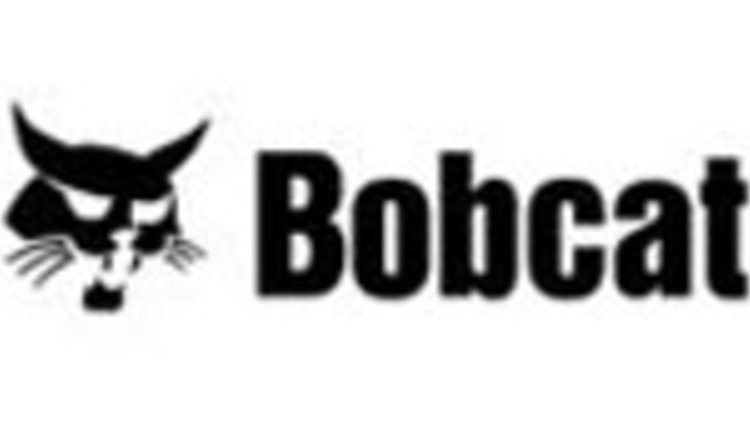
Gone are the days when a surplus heifer inventory defined a dairy’s profitability.
As a progressive dairy producer, you are acutely aware of our industry’s sensitive climate. You know that every decision you make — even those that seem simple — can weigh heavily on your dairy’s success. Grab a pen, paper and get ready to take notes. Let’s talk about the three most common misconceptions when raising heifers.
Misconception 1: Raising every heifer increases profits.
- In our industry’s current state, raising heifers is a costly expense that must be carefully evaluated. In fact, heifer replacement costs can be the second- to third-highest expense on dairies, sometimes up to 20% of total production cost.1,2 Take the general cost for raising a heifer from birth to springing — between $1,700 and $2,200 — and multiply that across the number of heifers you’re raising.3 Consider that it typically takes until midway through the second lactation for cows to produce enough milk to start paying their bills. Also, keep in mind that not all heifers will pan out. Some might be genetically prone to disease risks, such as mastitis, lameness or metritis, and may not survive long in the milking herd. Is raising every heifer really the most profitable plan? Additionally, consider how a surplus of heifers potentially pushes out older, higher-producing cows, ultimately decreasing milk production, lowering income, raising expenses and overall plummeting profits

Misconception 2: Every heifer is needed to manage turnover.
- Keeping every heifer as a replacement is not necessary to successfully manage herd turnover. In fact, a recent study by Zoetis and Compeer Financial showed how managing herd turnover cost to be as low as possible can drive profitability.4 Additionally, while you need to have replacement heifers, it should not be at the expense of older milking cows. A turnover rate of lower than 35% is ideal. This will allow you to maintain a fresh source of animals with high-genetic potential while still allowing cows to reach lifetime production peaks.
Misconception 3: Culling is too random, so why even try?
- Thanks to new genetic technologies in our industry, you can stop guessing and more accurately identify animals most likely to survive and thrive. Using genomics, producers can avoid random culling and make more-informed decisions. Through genomic testing results, you can identify top-performing and risk-adverse heifers within your herd. Calf wellness traits from Clarifide® Plus can help you create calves with less risk of disease. Additionally, wellness traits from Clarifide Plus determine risk for diseases such as mastitis, metritis, lameness, ketosis, displaced abomasum and retained placenta. Having this data on hand allows you to make more accurate, strategic breeding decisions for your herd, such as sexed semen for top-genetic heifers and beef semen for bottom-genetic heifers.
By evaluating your heifer-raising strategy, you can help move the needle on your profitability.
Remember, the future of your dairy begins with the genetic potential of your herd. I encourage you to hear insights and success stories from your peers who have implemented genomics into their management programs. For additional resources, please visit CLARIFIDEPlus.com or speak with your Zoetis representative.
About Zoetis
Zoetis (NYSE: ZTS) is the leading animal health company, dedicated to supporting its customers and their businesses. Building on more than 60 years of experience in animal health, Zoetis discovers, develops, manufactures and markets veterinary vaccines and medicines, complemented by diagnostic products, genetic tests, biodevices and a range of services. Zoetis serves veterinarians, livestock producers and people who raise and care for farm and companion animals with sales of its products in more than 100 countries. In 2017, the company generated annual revenue of $5.3 billion with approximately 9,000 employees. For more information, visit www.zoetisUS.com.
1 Overton M, Dhuyvetter KC. Economic considerations regarding the raising of dairy replacement heifers. In: Beede D, ed. Large Dairy Herd Management. 3rd ed. Champaign, IL: American Dairy Science Association, 2017;457-474.
2 Heinrichs J, Gabler M, Tozer P, Schriefer T. Heifer Economics. https://extension.psu.edu/heifer-economics. Updated January 3, 2018. Accessed August 24, 2018.
3 Tranel L. What’s It Cost to Raise Heifers? https://www.extension.iastate.edu/dairyteam/files/page/files/What%27s%20It%20Cost%20to%20Raise%20Heifers%202014.pdf. Accessed August 24, 2018.
4 Lormore M. What Drives Financial Success on a Dairy? Parsippany, NJ: Zoetis; 2018.


